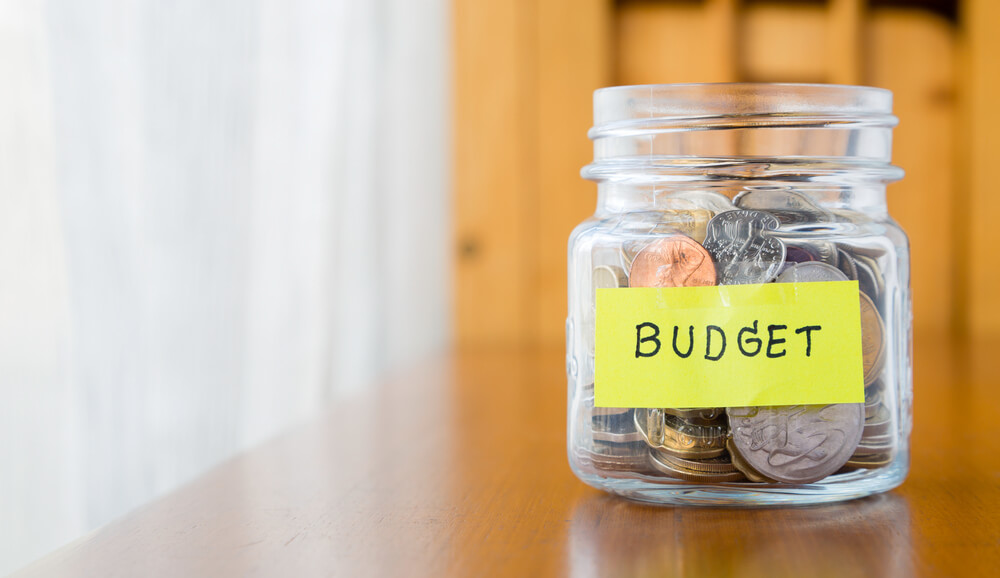
Planning the budget for your hotel is crucial for financial success.
NB: This is an article from Knowland
But are you sure that your commercial team is following the latest hotel revenue management trends, like total revenue management and dynamic pricing, to optimize profits? Don’t worry, we’ve got you covered!
Subscribe to our weekly newsletter and stay up to date
In this guide, we’ll break down everything you need to know about budgeting with revenue best practices in mind. Let’s dive in!
Understanding Your Hotel’s Performance
As you set the budget for your hotel, take steps to understand your year-to-date performance. These steps can help anticipate factors like supply and demand, hotel room revenue, optimal distribution channels, and more. Reference the following financial statements and key performance indicators to get a head start.
1. Embracing Total Revenue Management
Total revenue management is a pivotal aspect of budgeting, where meticulous planning and strategizing can substantially impact your property’s financial outlook. This approach shifts the focus from mere room revenue to a holistic view emcompassing meetings, events, F&B, and other revenue streams.
Analyze historical data, market trends, and the performance of various revenue streams to make informed decisions on allocating resources effectively. Leverage the metrics to optimize room rates, manage distribution channels, and enhance ancillary revenue sources accordingly.
Total revenue management ensures a more accurate representation of potential earnings and identifies opportunities to increase revenue and profitability across your entire hotel operation.
2. Evaluating Key Performance Indicators
During the annual budgeting season, occupancy rates, average daily rates, and revenue per available room play a key role. Monitor these KPIs in real-time and compare them to previous years.
- Monitoring occupancy rates can show you how much demand there is for your rooms at any given time.
- Tracking daily rates can inform on peak revenue periods, the impact of events on revenue, and the impact of pricing strategies.
- Calculating RevPAR demonstrates how well you’re filling your available rooms and at what rate.
However, there may be gaps in this data that you’ll need to address.
Occupancy Rate
If your occupancy rates are low, identify the reason. Create a flexible budget that allows you to increase revenue through alternative means, like selling conference space or raising your ADR.
Average Daily Rate
If your average daily rate is low, but you’re seeing high demand, you may be charging too little. On the other hand, it could be a sign that you need to improve the quality of your rooms or amenities. Look to your comp set to compare, then address inconsistencies in your business processes. You may need to pivot your rate strategy to encourage demand and prevent revenue loss.
Revenue per Available Room
If your revenue per available room is low, dig into your pricing strategy and inventory management. You’ll need to address problem areas in your 2024 hotel budget.
Still, you may be making up for RevPAR losses with ancillary revenue. Before you alert revenue management teams, calculate your TRevPAR. TRevPar accounts for the total income generated by an account, including meeting space, F&B services, and amenities. You’ll get a clearer picture of the average revenue made per customer.
Setting Commercial Goals
To ensure the success of your hotel, it’s important to set clear goals and targets for the upcoming year. One of the key objectives is to determine your revenue target based on the hotel’s current performance and market trends. This will enable the hotel to plan and allocate resources effectively to achieve the desired financial outcomes.




